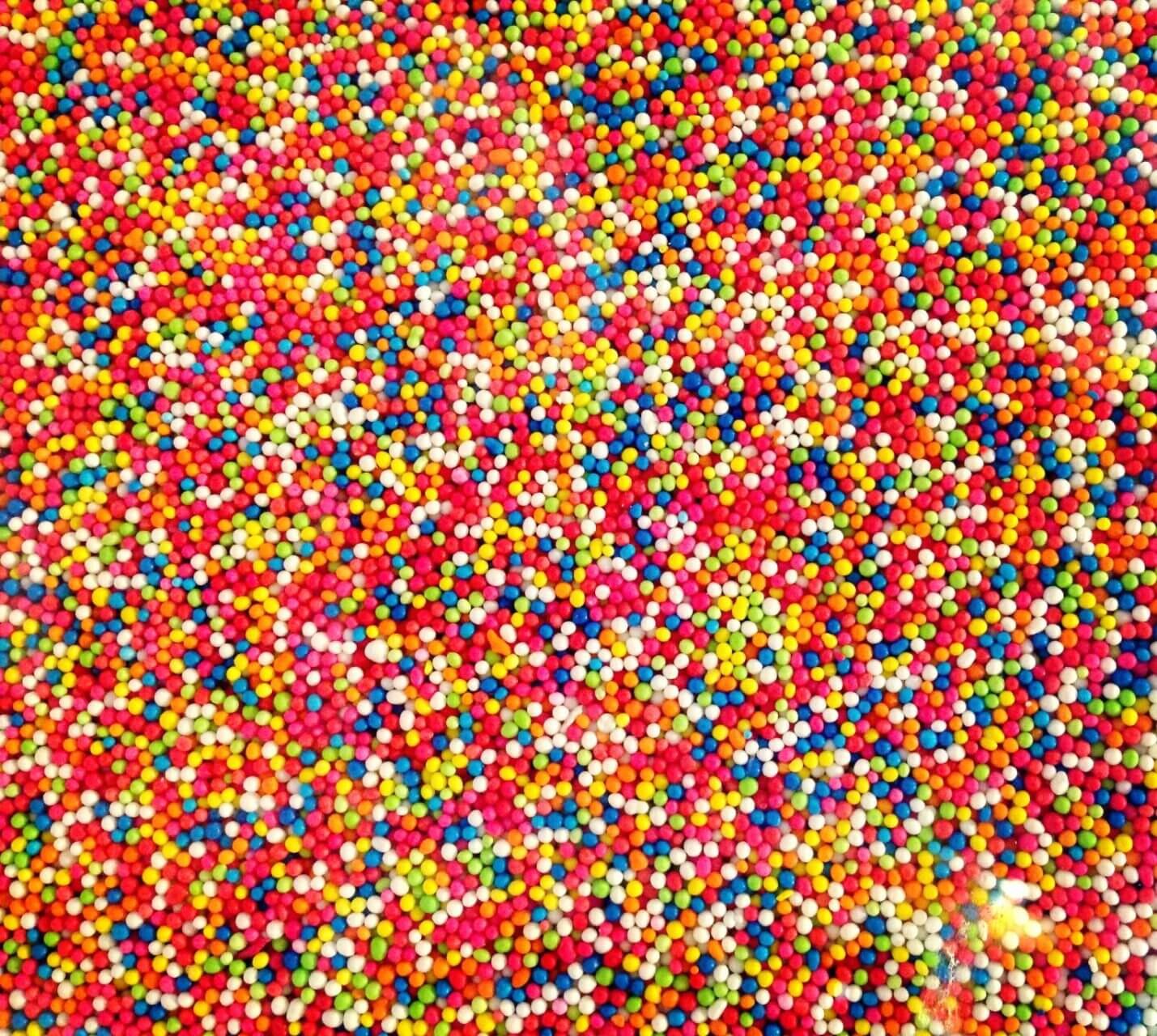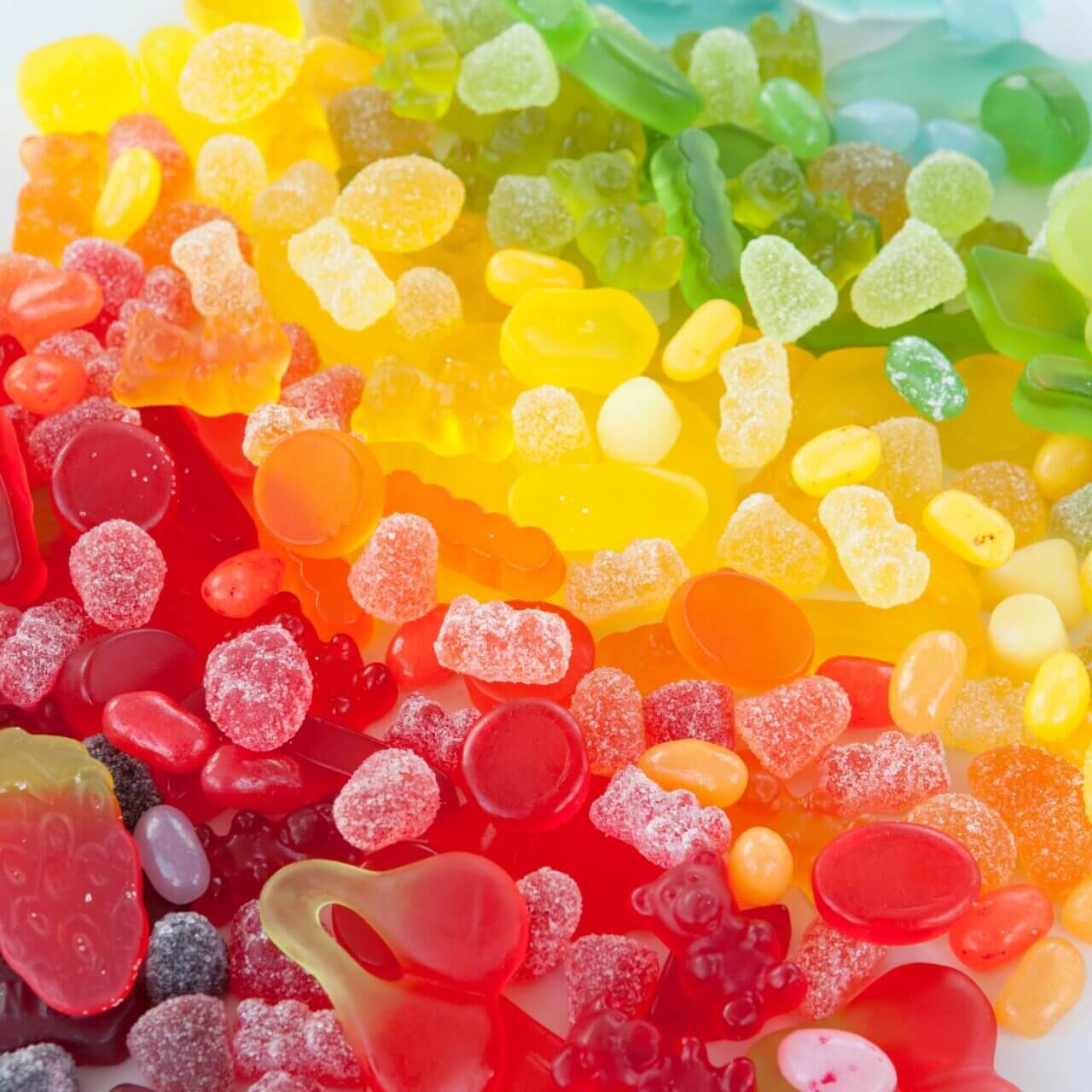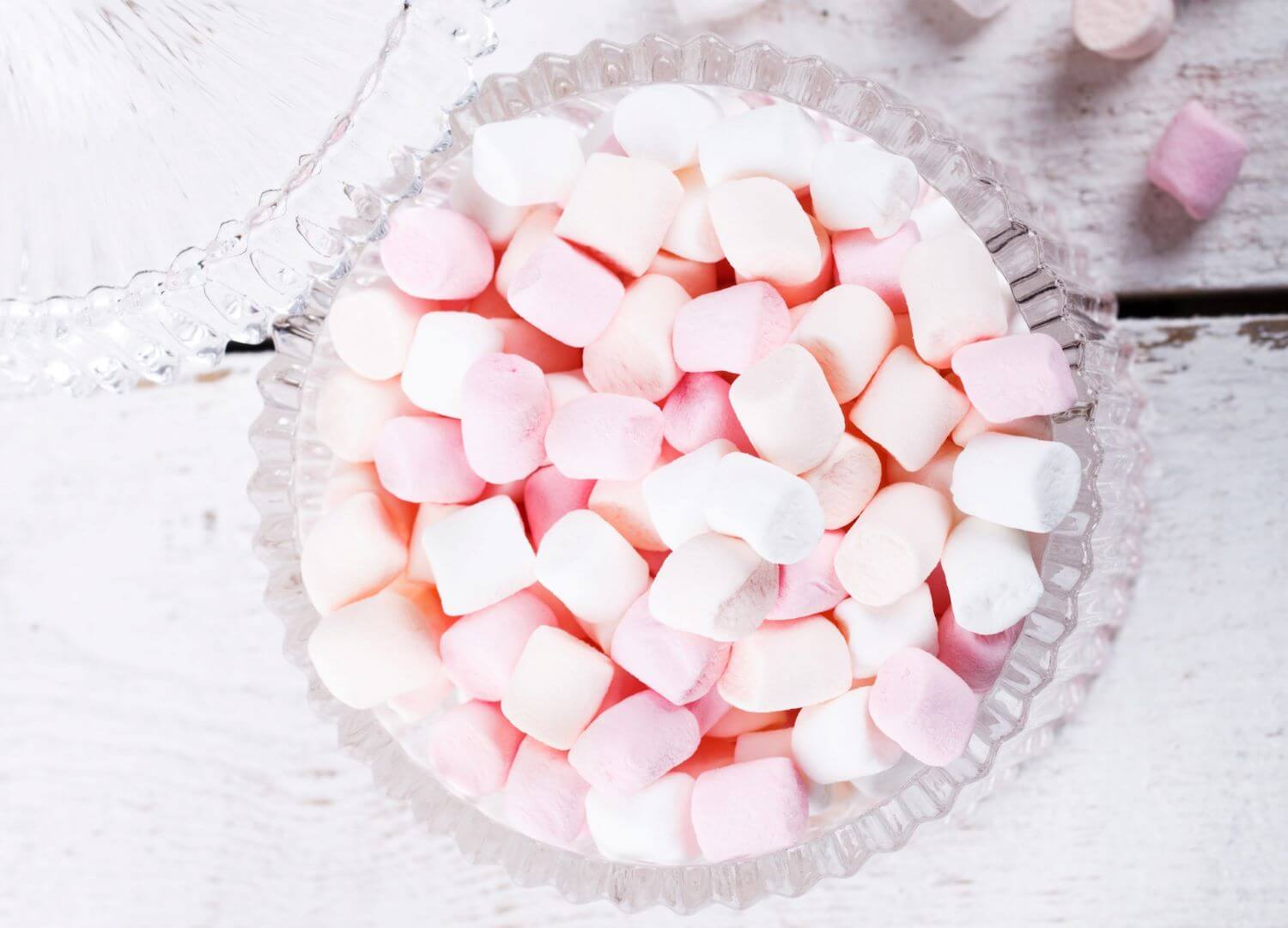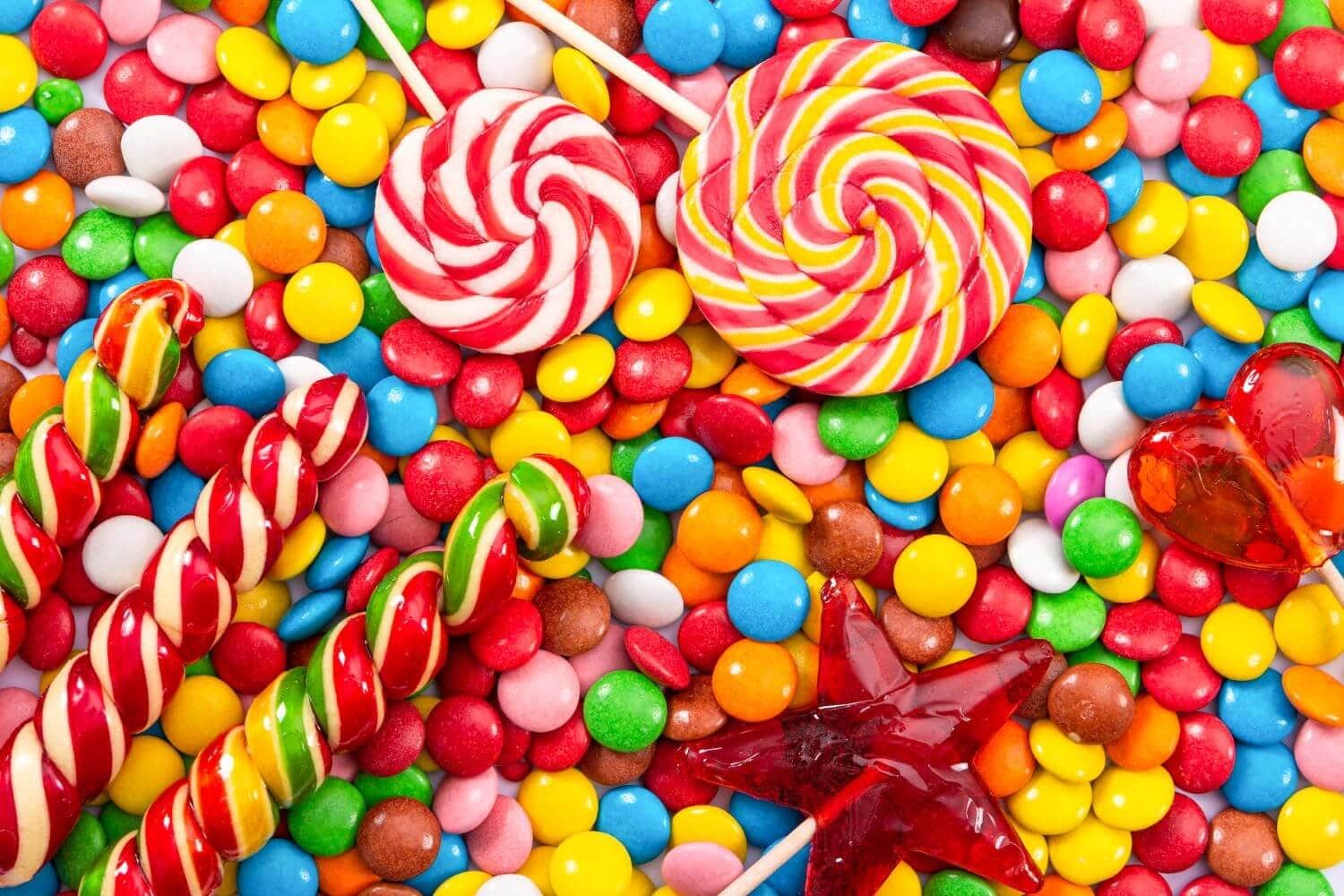The Sweet History of Cotton Candy
When you dive into the history of sweets, there’s a lot to find. Each type of sweet has its own story. Cotton candy is no different.
Cotton candy was invented about 120 years ago, and it has evolved from just a tiny town delicacy to gaining worldwide popularity. Many people have great memories from their childhood involving cotton candy. It has been readily available at carnivals and other events. But, the question is, where did it come from?
Let’s look at the sweet history of cotton candy, how it came about, and how it became what it is today.
When Was Cotton Candy Invented?
Cotton candy was invented in 1897. A dentist by the name of William Morrison teamed up with a confectioner named John C. Wharton. The team designed a machine that spun heated sugar through a screen. This process created the floss-like texture found in cotton candy today.
The duo would not reveal their product to the public for seven more years. In 1904, Wharton and Morrison started their own business, revealing their invention at the St. Louis World Fair. This fair set out to be the event of the century. It opened on April 30th, featuring attractions such as the product having various flavours. Over 20 million people attended from April to December, and many of those attending were fascinated by the new sugary treat. It was known then as “fairy floss.” They sold the boxes of cotton candy for a quarter each.
How Did Cotton Candy Gain Popularity?
The product sold over 68,000 boxes of cotton candy at the fair alone. Wharton and Morrison took home over $17,000 during that time. Today that is the equivalent of just over half a million dollars.
After the fair, Wharton and Morrison kept their business going. They would sell the treat to clients and friends from their hometown in Tennessee. Eventually, they would market the candy and the machine in newspapers, including the New York Times. The “fairy floss” was sold then for 5 to 10 cents a box. The popularity continued to grow.
The duo would serve their customers with cotton candy, making it as it sold so the product would always be fresh. People could also purchase the machine from the company if they wanted to make it themselves.
How Has Cotton Candy Evolved?
Wharton and Morrison immediately filed for patent protection once they invented the machine. No one would be allowed to capitalise on their success until the patent ran out or you bought a machine directly from them.
This patent meant that “fairy floss” wouldn’t change much in the early 1900s. Anyone who wanted to be a competitor couldn’t open up shop until 1921. Once they moved in, though, they made new changes.
Once the patent expired, a dentist named Josef Lascaux wanted to treat his dental clients. He would create a cotton candy machine similar to Wharton and Morrison’s.
Lascaux would be the one to rename the product “cotton candy,” as he was trying to avoid the association with “fairy floss.” He felt the treat looked like Lousianna-grown cotton. Since cotton is 70% air, it makes sense. Unfortunately, Lascoux wasn’t entirely successful.
In the 1920s, a cultural shift caused “cotton candy” to be the most common name for the sweet treat. However, Australia does still call it by its original name.
In 1949, a spring-loaded base was introduced by a company in Ohio called Gold Medal Products. The original machine invented by Wharton and Morrison could break down often. It was also very noisy and shaky. The new machine was more stable, therefore making the machine more reliable. It didn’t break down as often. This invention would increase the production of cotton candy, making it easier to sell more.
In the 1970s, a new machine was created that was fully automated. The machine could create cotton candy on its own, and it bagged the treat without the help of people. Since then, cotton candy machines have come in many sizes. The most giant machine can encompass up to three pounds of cotton candy sugar at once.
The Cotton Candy Industry Today
Today’s cotton candy is very much like the original “fairy floss” invented in 1897. The machines used today are still very similar to Morrison and Wharton’s original machine. The most significant difference between our cotton candy today and the original product is the flavour.
The original cotton candy sold at the St. Louis World Fair wasn’t flavoured. It was plain white. The product later would be traditionally either pink or blue. Today, however, there are various flavours for the product, including interesting flavours like gingerbread and dill pickle. At Sweet Factory Dubai, our cotton candy is available in banana, strawberry and blueberry and cherry.
Cotton candy is also featured in “mash-up desserts.” The treat has been combined with many other treats, including ice cream, marshmallows, pancakes, and much more.
All Your Sweet Treats in One Place
If you’re looking for high-quality sweets, look no further than us at Sweet Factory. We deliver sweet treats right to your door, and our sweets are always backed by quality.
We even offer halal, vegan, and vegetarian treats, so no matter what diet you follow, there will be the perfect sweet for you (and your body!).
Check out our whole list of sweets here — we’re sure to have something to satisfy any sweet tooth!






